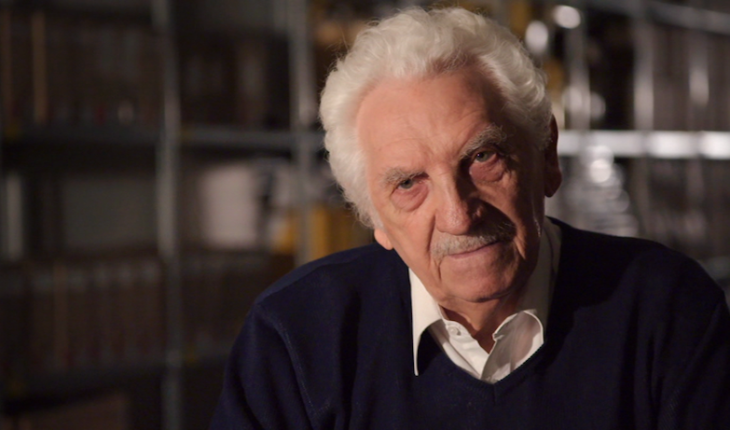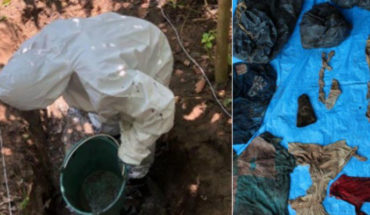the national prize of architecture, maximum galardo n that can receive an architect or an architect in Chile, is awarded every two years to the architect, architect or team of architects, whose career and professional and ethical performance marked an example for all architects, in any of the demonstrations professional practice, especially in the field of performance of works of architecture or an outstanding work of academic, Trade Union, or participation in public management.
Miguel Lawner Steiman will be awarded officially in the next fair-free architecture, XXI Biennial of architecture and urbanism of Chile, in October of 2019, after giving a keynote talk and expose a retrospective on his career.
Miguel Lawner Steiman (1928) with 90 years, Miguel Lawner represents an incomparable academic contribution in its entirety. Their contributions driven both the Guild and public policies, his legacy in the teachings handed down in Chile, Denmark and Germany and countless square meters projected different scale, context and programme, make it deserving of this recognition national to an architect who, until today, remains in force.
Lawner was titled in 1954 at the Faculty of architecture and urbanism of the University of Chile. After his degree, he taught in the same House of studies and together with his spouse Ana María Barrenechea and Francisco Ehijo founded the professional Office BEL architects Ltda., which won several public contests related to the design of housing social, community equipment, among other projects.
During the Government of President Salvador Allende, Lawner served as executive director of the Corporation’s urban improvement (CORMU). His works of this period include the design and execution of several housing complexes in Santiago, as the Villa San Luis, or the housing project CORMUVAL, between Santiago and Valparaíso.
On the other hand, it was also part of the planning of the building for the international housing exhibition (VIEXPO) and the UNCTAD III. During its executive management, the CORMU built around 158 thousand social housing.
After the coup of 1973, Lawner was arrested went through various detention centers, including Dawson Island, finally being exiled to Denmark along with his spouse Ana María Barrenechea. In exile, Lawner served as a teacher at the Goethe University of the German Federal Republic and at the Royal Academy of fine arts of Denmark. He was able to return to Chile in 1984.
In relation to their trade union activity, between 1965 and 1967 he was Secretary-Treasurer of the delegation Santiago of the College of architects of Chile, while from 1986 to 1994 he served as National Director.
His most important works include the population Abate Molina in Talca, Temuco Regional College, the building of the COOPERCARAB in Santiago, the Consistorial building of Lo Prado and the rehabilitation of the Salvador Allende solidarity Museum.
His numerous awards include award Alberto Risopatrón (Colegio de Arquitectos, 1994), the medal Claude François Brunet of Baines (University of Chile, 2010), award Edwin Haramoto (Instituto de la Vivienda, 2011) and the conservation award from the National monuments (CMN, DIBAM and UNESCO, 2016).
translated from Spanish: Miguel Lawner wins national prize of architecture
April 5, 2019 |





